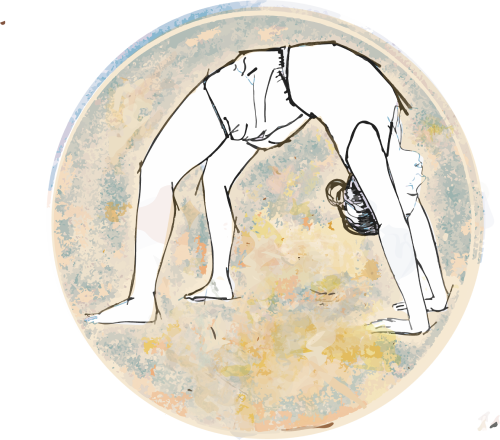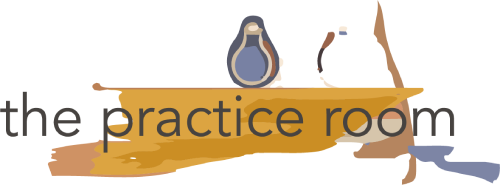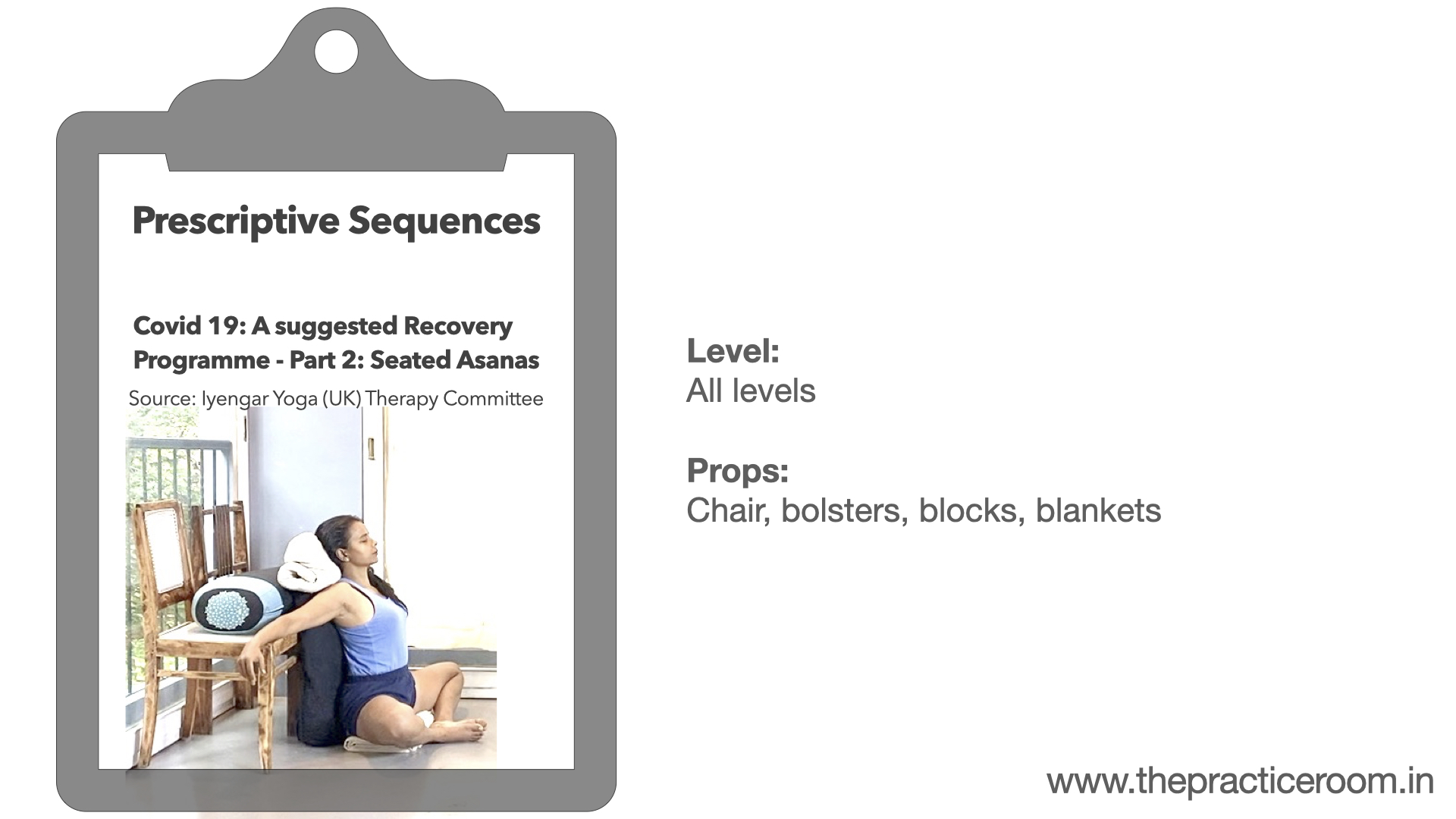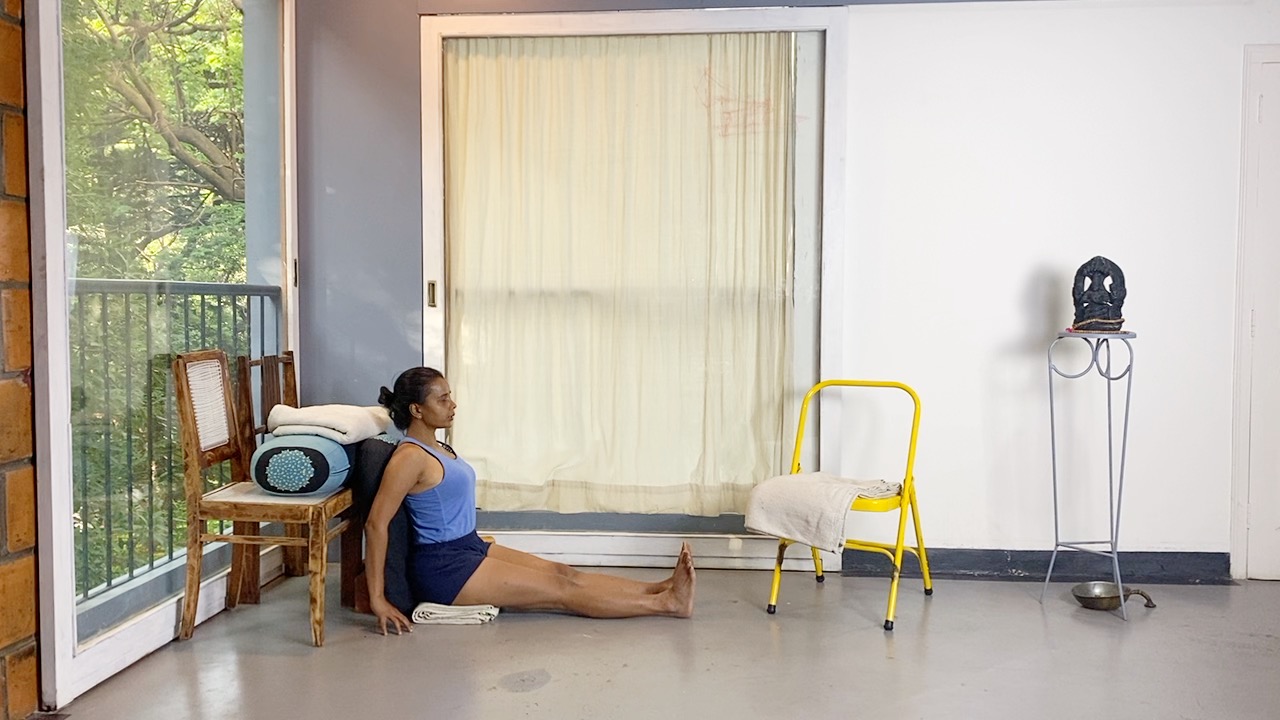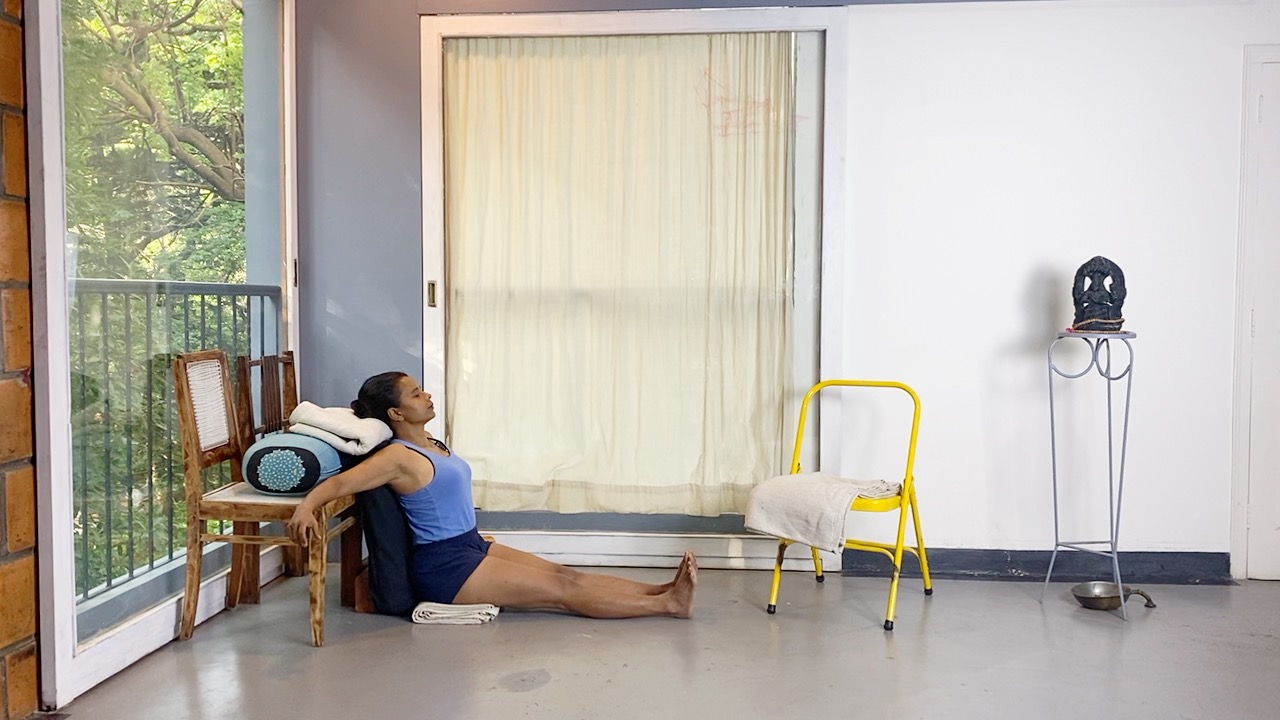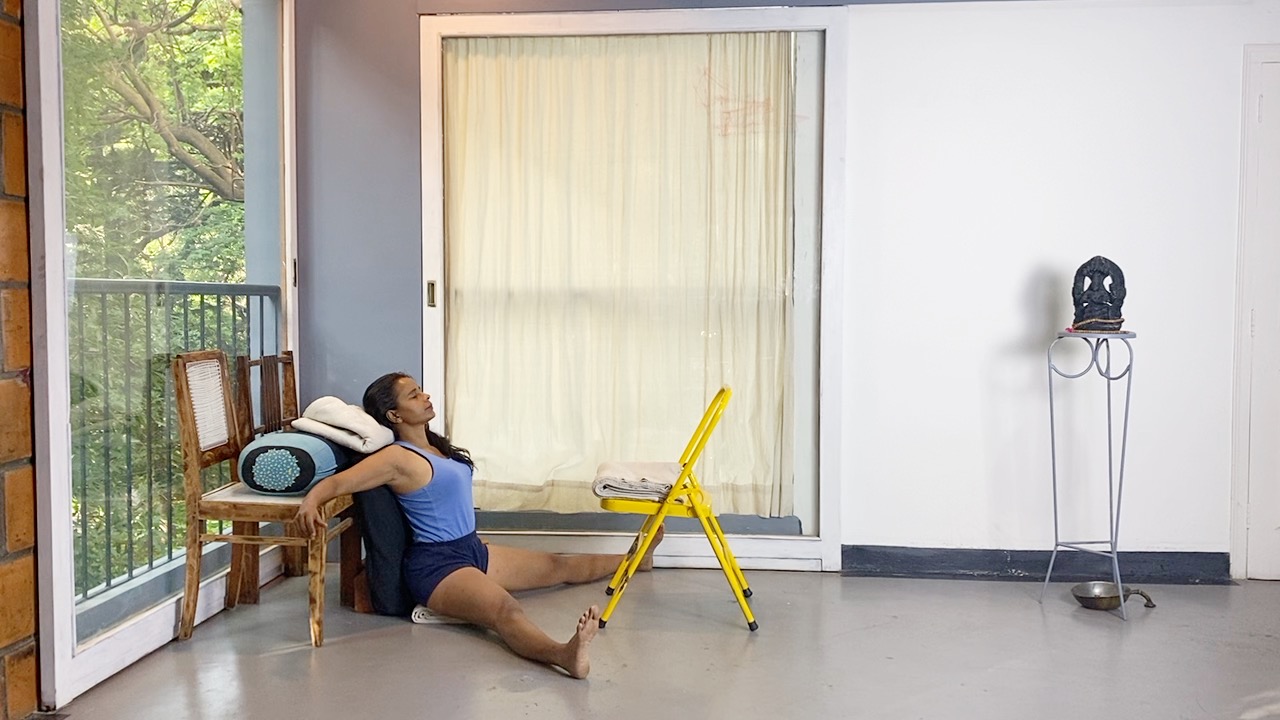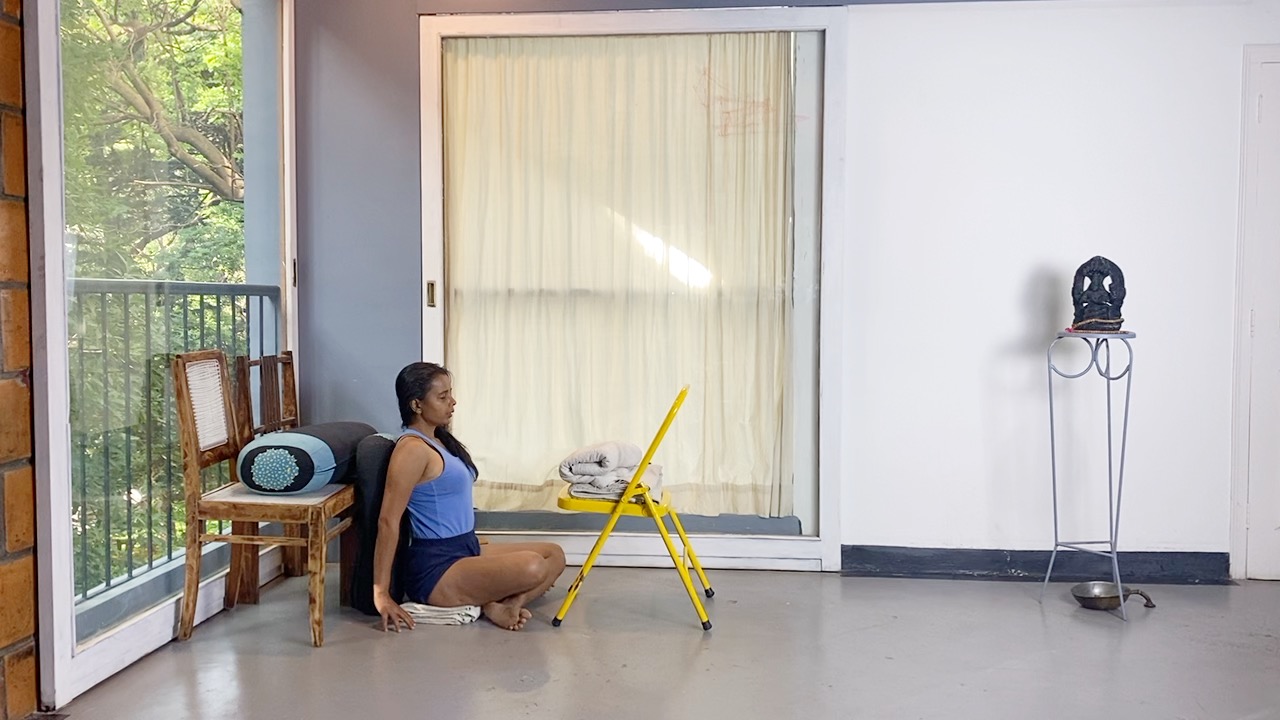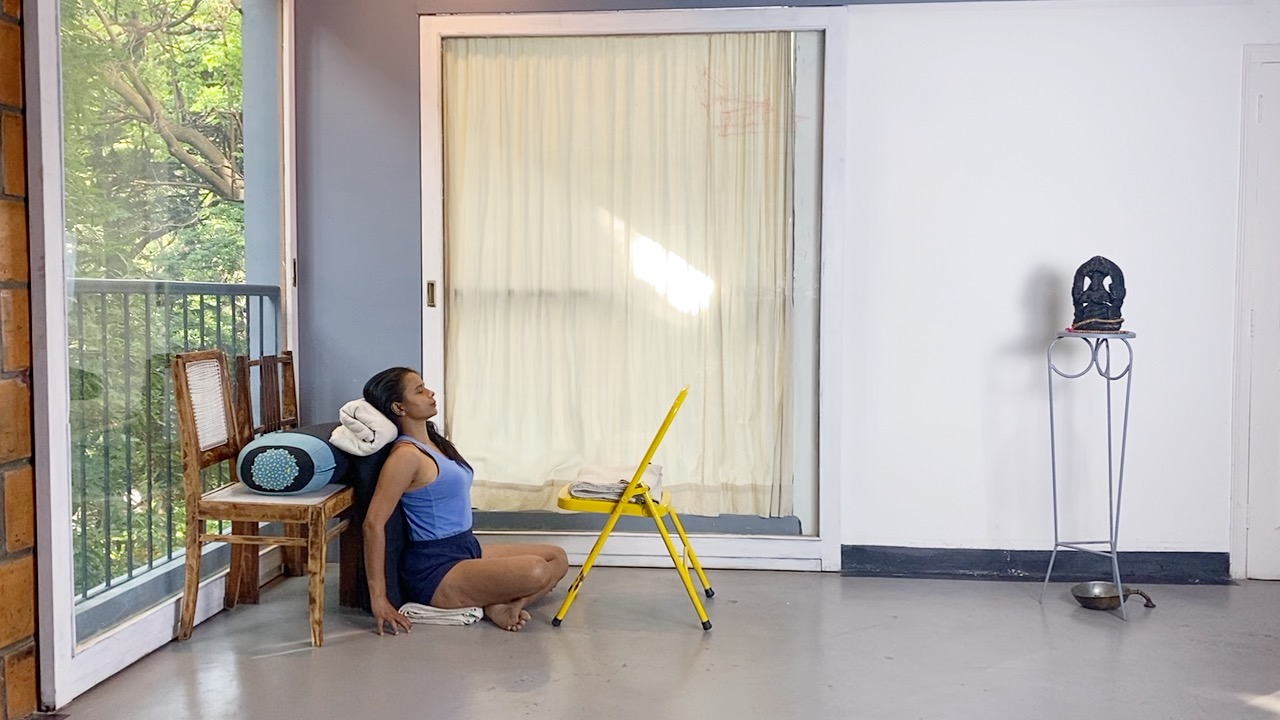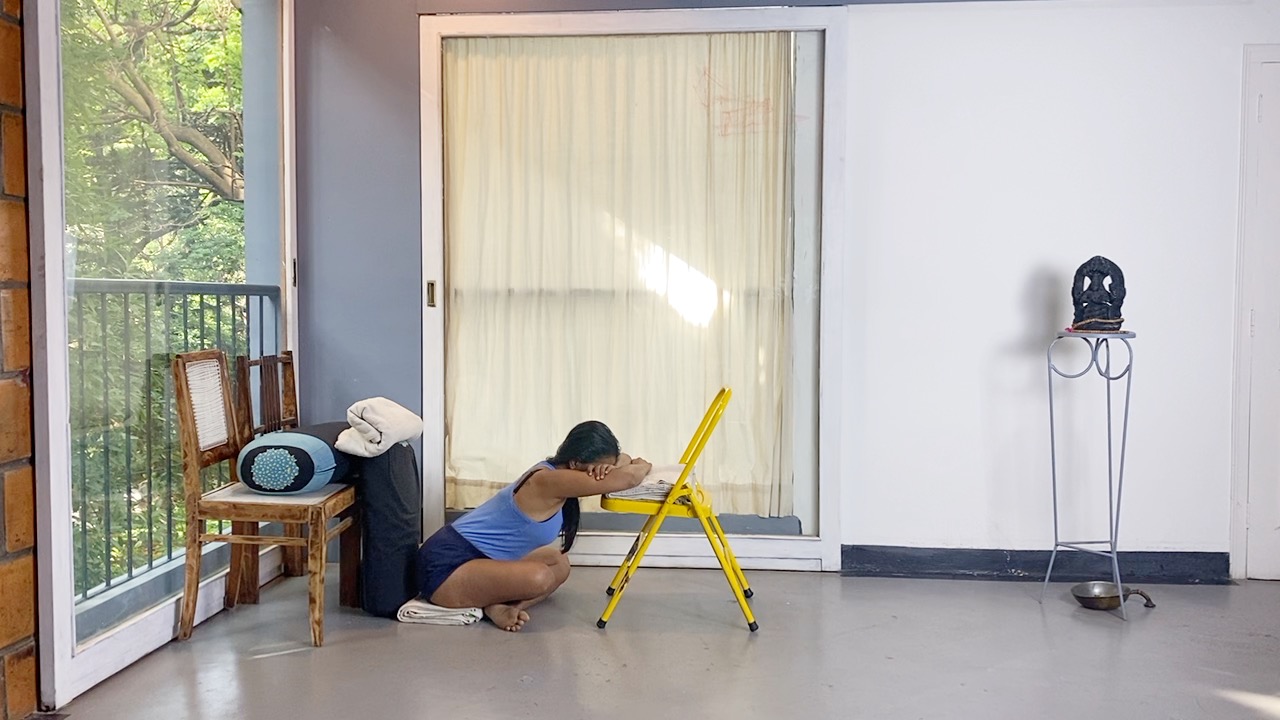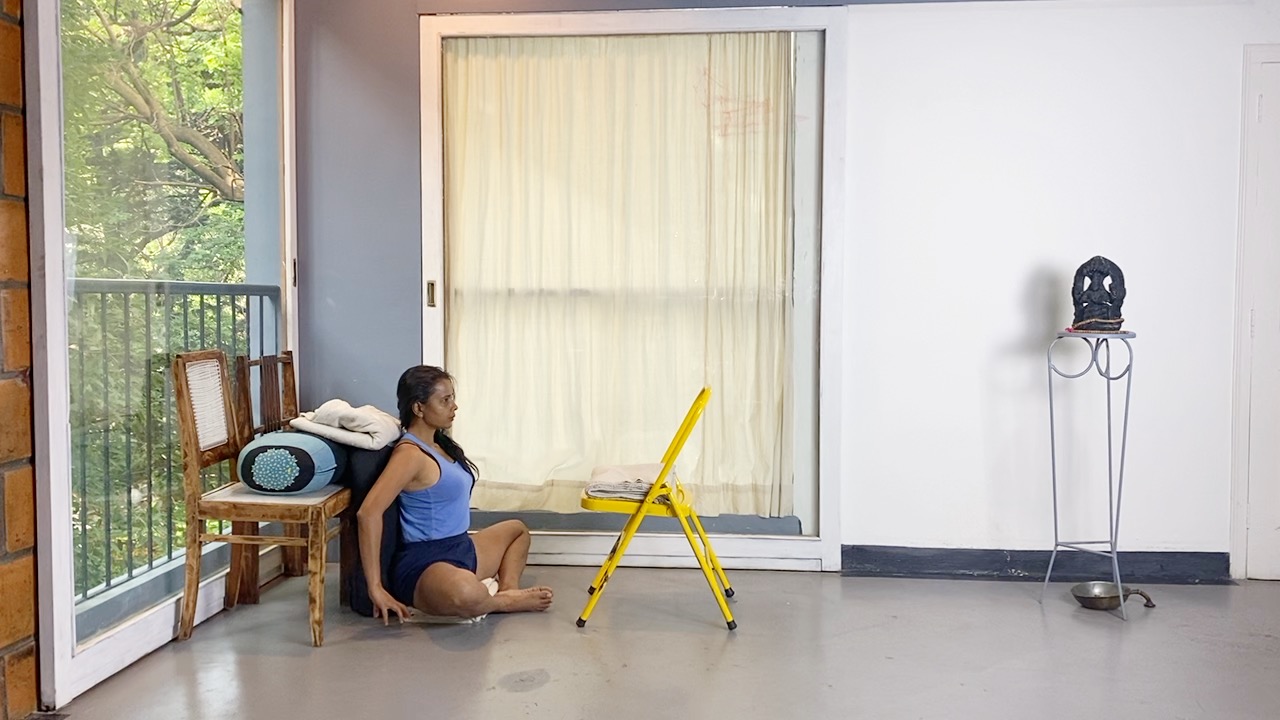This Short Course for practice during Covid Recovery is note suitable for absolute beginners.
Even though explanations and demonstrations are clearly given, it assumes basic knowledge of Asana positions, use of props, and ability to hold positions for extended periods of time.
For our free resources on Covid Recovery that Beginners can use.
All sessions in this Short Course are based on the Program developed by IY (UK) Therapy Committee. The program itself was developed in consultation with Senior teachers in the Iyengar tradition around the world, and also based on the therapy work based on developed by shri BKS Iyengar.
The entire sequence is divided into 14 categories. In our recording, we have broken the full practice into multiple parts for practical reasons. The complete sequence is listed separately for reference.
Positions are shown using the prop arrangements in the published sequence. For home practice, household object and furniture can be used to adapt the positions, even if the exact props are not available.
The 2nd part of this Short Course is supported seated positions.
POSITION OF ASANA
To do these asanas well, one has to ‘sit up’ and not ‘sit down’. Different leg positions are utilised which act as a firm foundation for the spine to extend upwards. These asanas bring composure to the body so that work with the breath can be safely done.
The “L-shaped” seated asanas in this section could be the most important part of the recovery practice for some people. These Asana are:
Samashrayii (supported sitting up)
Upaashrayii (supported reclining)
Adho Muhka (forward with head to chair or other support)
They are performed one after the other and then repeated with each of the different leg positions.
BENEFITS
These asanas will be very helpful during the recovery phase of Covid 19. If you are very fatigued then, providing you set up your props before you start, you can spend quite some time moving between the different positions and leg actions, getting all the benefit of opening the front, back and sides of the chest, without too much energy expenditure.
They bring firmness in the body, steadiness to the mind and better circulation in the pelvic and lower spinal regions. The reclining and forward actions extend and expand the chest region for better breath control.

